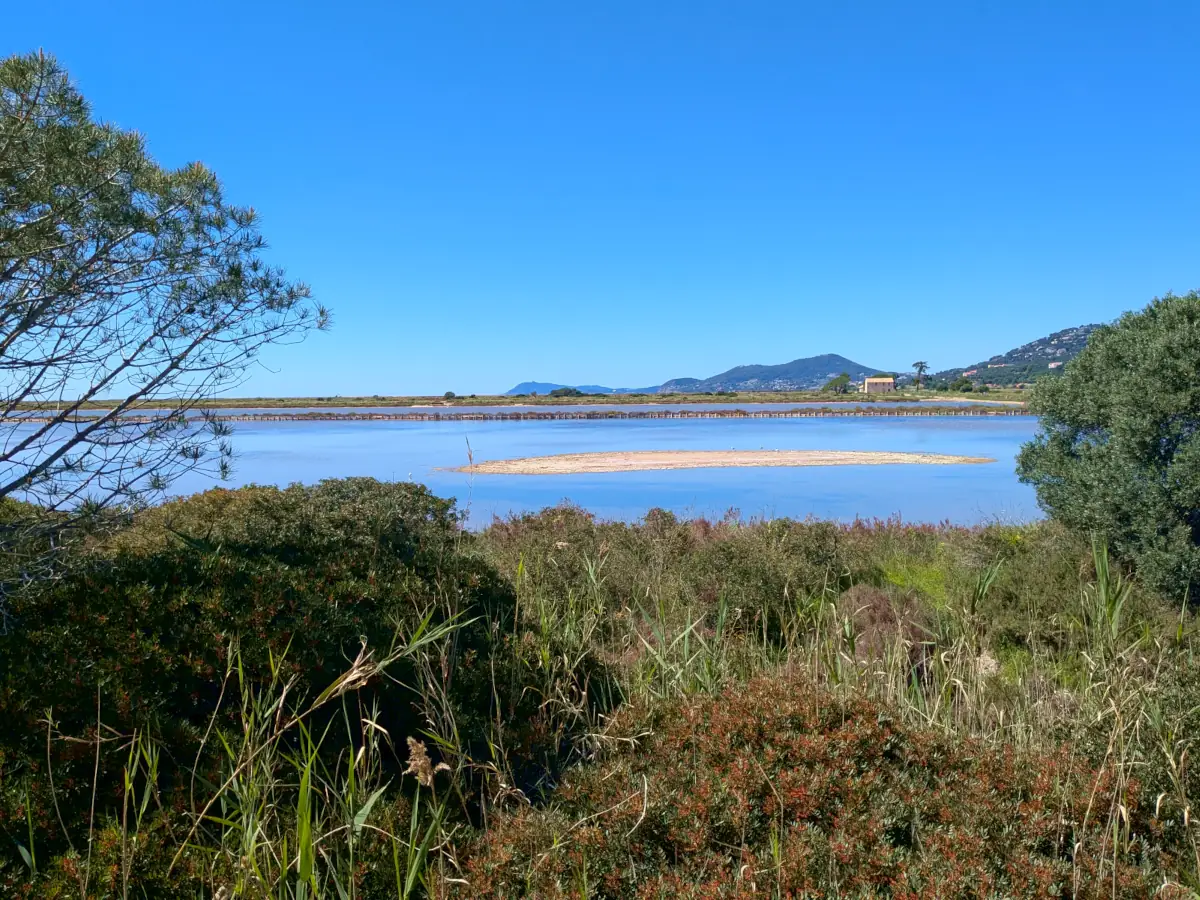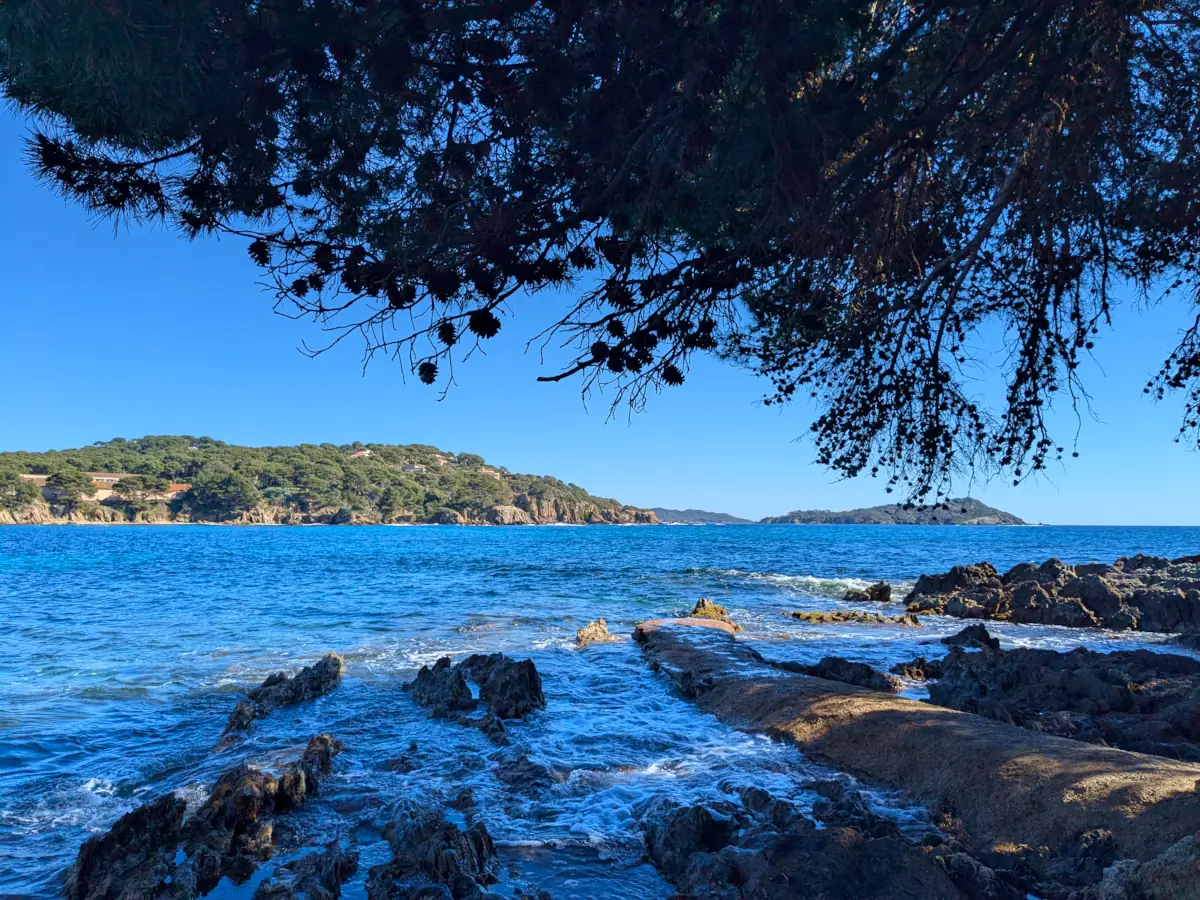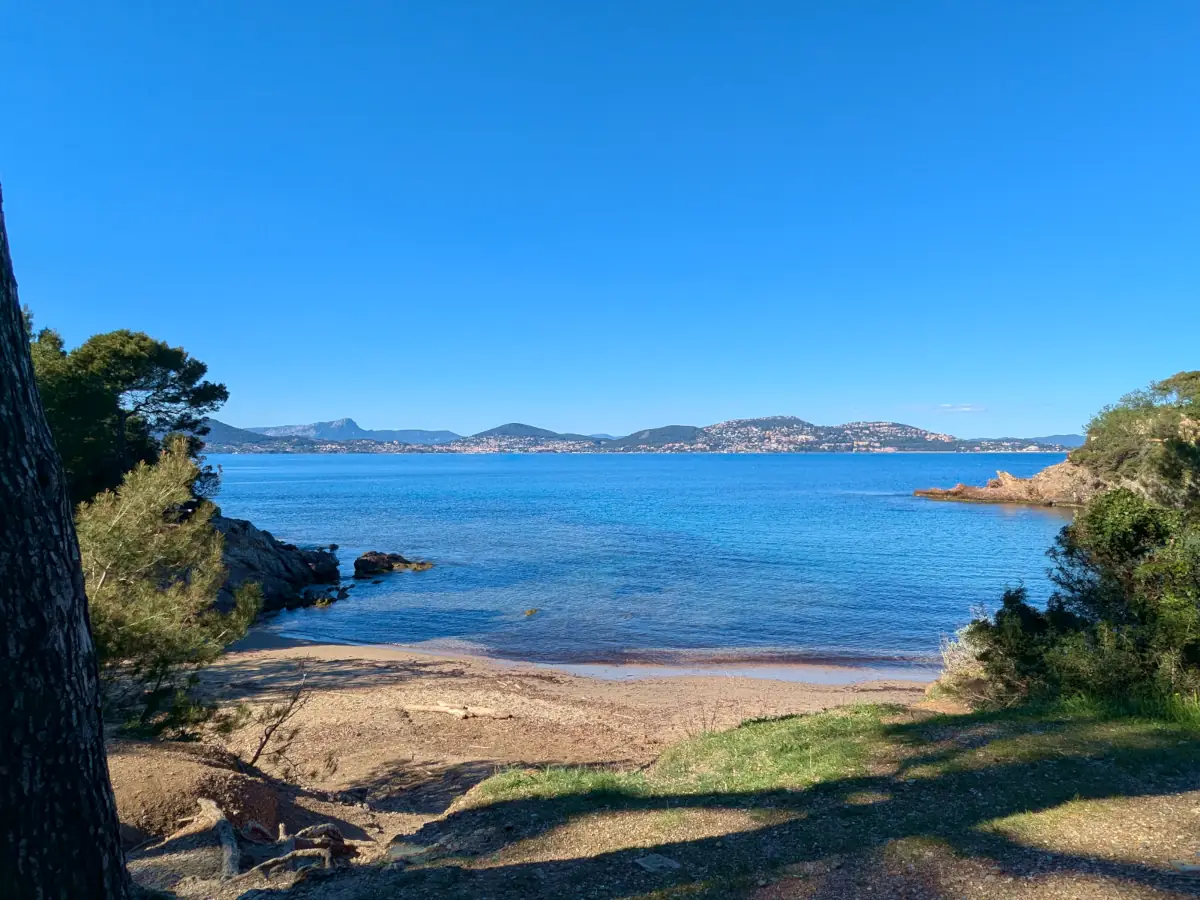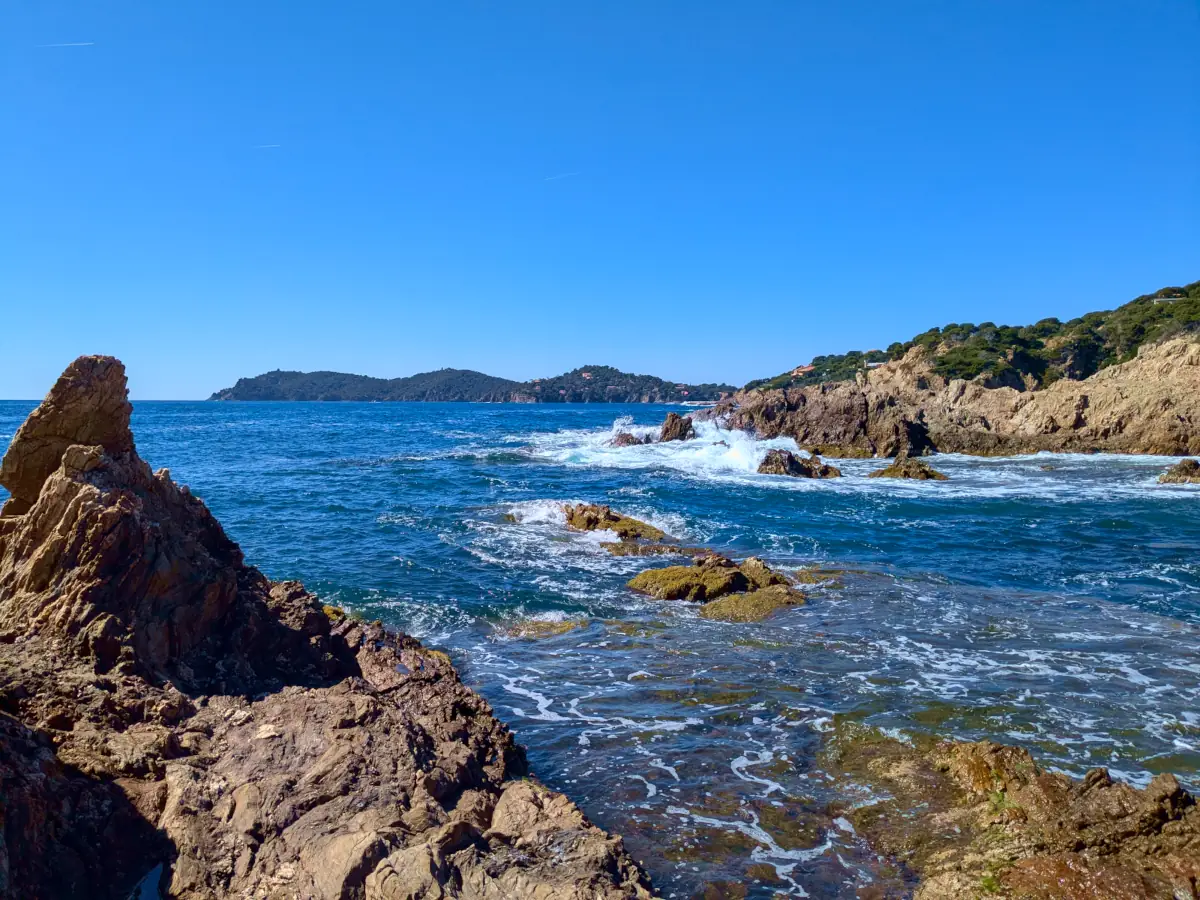A rare geological phenomenon and a preserved haven of biodiversity at the southern tip of Provence.
Off the coast of Hyères, two slender sandbars stretch into the sea toward a hill emerging from the waves, forming a peninsula. We are at the southernmost point of continental Provence, facing the Golden Islands – Porquerolles, Port-Cros, and Le Levant – accessible by boat from the port of Tour Fondue at its southeastern end.
An island connected to the mainland
The two tombolos, sandy spits linking the island to the continent, enclose a lagoon. These are the Salins des Pesquiers, exploited from the 13th century until 1996. Today, the lagoon hosts a bird reserve where flamingos and numerous migratory birds can be observed.
The tombolos form two long beaches of sand and small pebbles. The Almanarre beach on the western tombolo stretches for 5 km, making it one of the largest in Provence. It is popular for water sports such as kitesurfing and windsurfing, taking advantage of the consistent winds.

At the heart of the peninsula
The heart of the peninsula is a paradise for hikers, thanks to its coastal path offering spectacular views of the Mediterranean and the Golden Islands. The rugged terrain reveals fractured rocks, carved into sharp edges by wind and sea. Hidden in secret coves, small beaches are accessible only to walkers or sailors.
The village of Giens, perched on the hill, has preserved a part of its Provençal authenticity, while its small harbors, such as Le Niel and La Madrague, form charming postcard scenes.

Olbia, the Greek colony
The tombolos formed around 3,000 years ago, shaped by sediment deposits from nearby rivers and marine currents. The Greeks founded the colony of Olbia here, abandoned in the 7th century in favor of Hyères, situated higher and better protected. The name “Almanarre” comes from the Arabic “Al-Manar,” meaning lighthouse, a reminder of the Saracen presence.
Giens has always had military importance and served as a lookout at the top of the peninsula, part of which remains a military zone. Artists have also left their mark; the poet Saint-John Perse is a local figure, buried in the local cemetery.

Discovering the Giens Peninsula
The Giens Peninsula offers a remarkable diversity of landscapes and ways to explore: hiking along the coastal path, kayaking, paddleboarding, or renting a boat locally to reach secluded coves and observe the underwater world. Diving and snorkeling trips reveal shipwrecks and marine life. Cycling routes between Hyères and Giens allow exploration of the salt flats and access to Giens, Tour Fondue, and La Madrague.

Combining hiking, swimming, and water sports, Giens offers a concentrated slice of Mediterranean coastline in a preserved environment.



